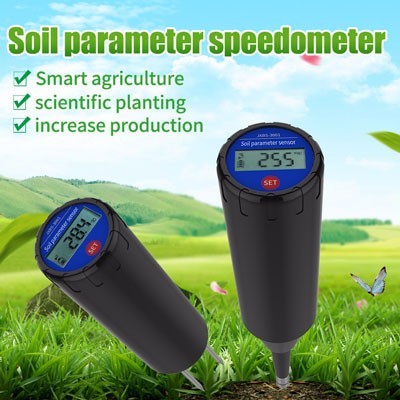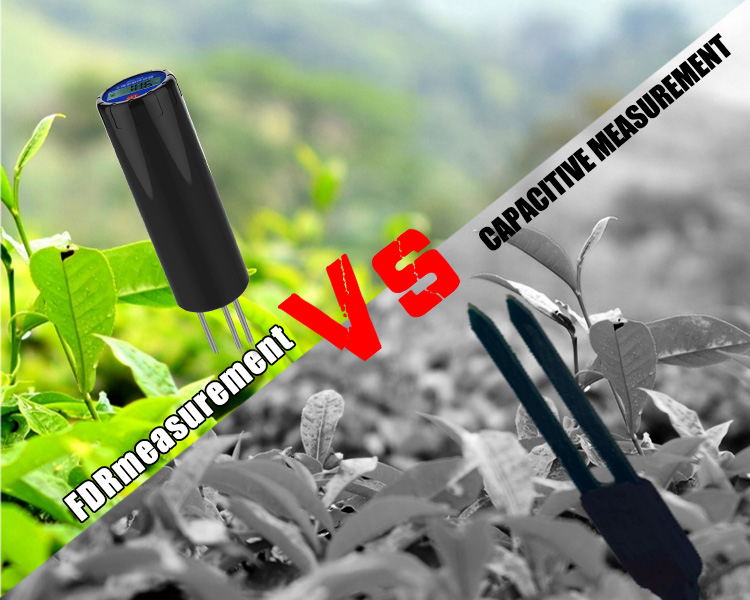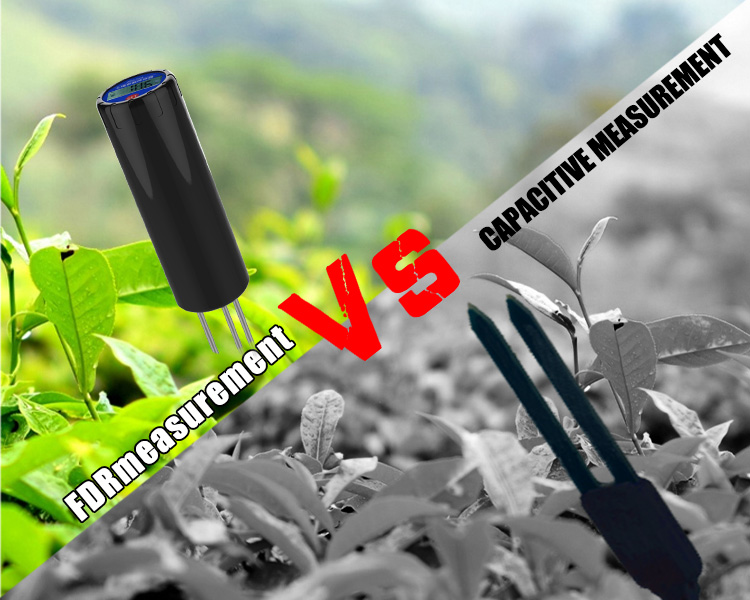Water scarcity and the need for sustainable agricultural practices have driven farmers to seek innovative solutions to optimize irrigation efficiency. One such solution is the use of soil sensors in smart agriculture systems. By providing accurate real-time data on soil moisture levels, soil sensors enable farmers to make informed decisions about their irrigation practices. In this article, we will explore how soil sensors contribute to optimizing irrigation efficiency, leading to water conservation, improved crop health, and increased yield.
Understanding Soil Sensors in Smart Agriculture:
Soil sensors are advanced devices designed to measure soil moisture at different depths within the root zone. They consist of probes or electrodes that are inserted into the soil, and they provide continuous data on the moisture content of the soil. This data can be accessed remotely through a network connection or collected manually. Soil sensors can also measure other soil parameters such as temperature and electrical conductivity, which further enhance the understanding of soil conditions.

Real-Time Monitoring of Soil Moisture:
One of the key advantages of soil sensors is the ability to monitor soil moisture levels in real time. Traditional irrigation methods are often based on predefined schedules or visual observations, which may not accurately reflect the actual moisture needs of the crops. Soil sensors, on the other hand, provide precise and up-to-date information on soil moisture, allowing farmers to make data-driven decisions about irrigation timing and duration.
Precision Irrigation Management:
With the help of soil sensors, farmers can implement precision irrigation management techniques. Instead of applying water uniformly across the entire field, precision irrigation involves applying water only where and when it is needed. By monitoring soil moisture levels at different locations within the field, farmers can identify areas that require irrigation and adjust their irrigation practices accordingly. This targeted approach minimizes water wastage and ensures that crops receive the optimal amount of water for healthy growth.
Avoiding Over-Irrigation and Under-Irrigation:
Over-irrigation and under-irrigation can both have adverse effects on crop health and yield. Over-irrigation leads to waterlogged soils, which can suffocate plant roots and promote the growth of diseases. Under-irrigation, on the other hand, can lead to water stress and reduced crop productivity. Soil sensors enable farmers to avoid these extremes by providing accurate information on soil moisture levels. By maintaining soil moisture within the optimal range, farmers can promote healthy crop growth and maximize yield.
Enhancing Water Use Efficiency:
Water scarcity is a significant challenge in agriculture, and optimizing water use efficiency is crucial for sustainable farming. Soil sensors play a key role in achieving this goal by minimizing water wastage through targeted irrigation. By monitoring soil moisture levels, farmers can avoid unnecessary irrigation in areas where the soil is already adequately moist. This not only conserves water but also reduces energy consumption associated with pumping and distributing water.
Integration with Automated Irrigation Systems:
The integration of soil sensors with automated irrigation systems further enhances irrigation efficiency. Automated systems can be programmed to regulate irrigation based on the real-time data provided by the soil sensors. For example, when soil moisture levels drop below a certain threshold, the system can automatically trigger irrigation, ensuring that crops receive water at the right time. This eliminates the need for manual intervention and reduces the risk of human error in irrigation scheduling.
Data Analysis and Decision Support:
Soil sensor data can be analyzed and processed using advanced algorithms and agricultural modeling tools. By analyzing historical data and considering weather forecasts, these tools can provide valuable insights and decision support for irrigation management. For example, they can generate irrigation recommendations based on specific crop requirements, soil characteristics, and environmental conditions. This data-driven approach ensures that irrigation practices are optimized for maximum efficiency and crop productivity.

Challenges and Future Potential:
While soil sensors offer numerous benefits, there are still some challenges that need to be addressed. For example, sensor accuracy and calibration can be affected by factors such as soil type, salinity levels, and sensor placement. Ongoing research and development efforts are needed to improve sensor technology and ensure accurate and reliable data collection. Additionally, cost can be a barrier to widespread adoption of soil sensors. However, as technology advances and economies of scale are achieved, the cost of soil sensors is expected to decrease, making them more accessible to farmers







